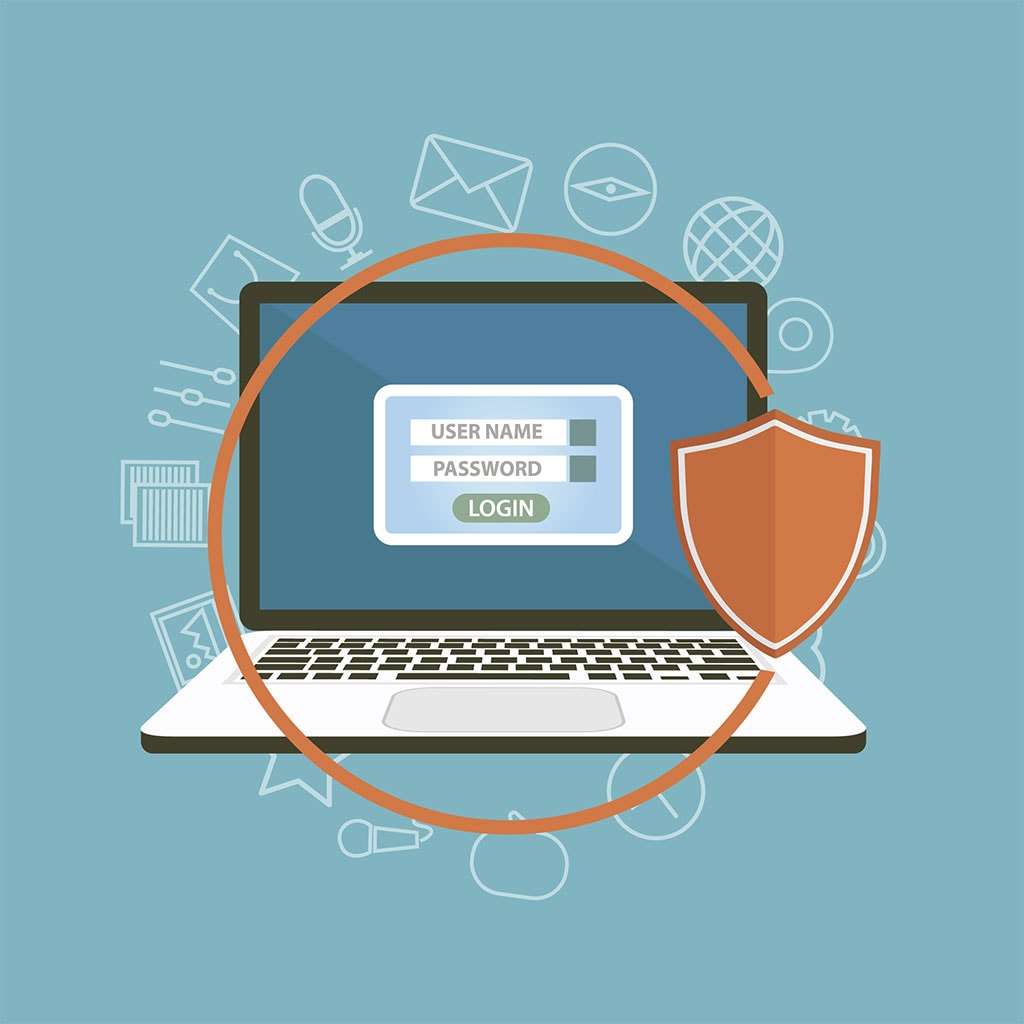How to Prevent Someone from Accessing Your Mac Remotely?
How to Prevent Someone from Accessing Your Mac Remotely?
Securely protecting your data is essential if you own a Mac. Unfortunately, there are malicious actors out there who may try to access your Mac remotely without your permission. The good news is that there are steps you can take to reduce the risk of someone accessing your Mac remotely. Protect your Mac from remote access with these steps.
Things You Should Know
Most people know that remote desktop access can be very convenient when working from home or collaborating with remote colleagues. However, not everyone is aware that the feature is not always included in the Home edition of Windows 10 and 11; even if it is available, you can use your Settings to turn it off if you don’t need it.
Mac users can also block remote access by going to their System Preferences and accessing the “Sharing” section. Alternatively, they can also download the “Remote Desktop” app and enter a command prompt for disabling this feature. Before engaging in any of these processes, however, users should exercise caution as making changes to the Windows Registry or downloading additional programs can sometimes lead to unexpected results.
Mac (System Preferences)
For Mac users, System Preferences is a useful tool to help manage their computer and the settings within it. One of the features that can be accessed through System Preferences is sharing. In Sharing, users can choose whether or not they want to enable remote logins to their Mac computer. By default, remote management is enabled, thus allowing someone else to gain access into the computer remotely. However, if a user wants to stop any potential unauthorized access, they simply need to uncheck the Remote Management checkbox in System Preferences and their Mac will be blocked from any potential unwanted visitors.
In addition to blocking unwanted visitors from remote access, System Preferences also allows users to control certain elements that are linked with other accounts and services set up on the Mac. From advanced networking options such as port forwarding or firewall rules, to audio recording permission for certain apps, there are plenty of ways for users to customize their experience using System Preferences. It’s an incredibly powerful tool that every Mac user should take advantage of.
Mac (Command Prompt)
The Mac command prompt is an invaluable tool when it comes to managing both incoming and outgoing desktop connections. With the help of this function, you can quickly disable remote access to your Mac and deny any previously established connections. To do this, you need to open the “Remote Desktop” app on your Mac, then enter the appropriate command into the prompt. Specifically, typing in “sudo/System/Library/CoreServices/RemoteManagement/ARDAgent.app/Contents/Resources/kickstart -deactivate” will block any further remote access attempts made by others.
It’s important to note that changes made with the command prompt are reversible – if you ever want to enable remote access again you can easily do so from your Mac’s System Preferences. This makes it a very useful tool for anyone who wants more control over their security settings or who happens to have sensitive files stored on their computer. Whether it’s connected remotely or not, having a secure system is always a top priority when it comes to protecting your data and privacy.
Conclusion
In conclusion, preventing someone from accessing your Mac remotely is relatively simple. The process involves disabling remote management in System Preferences or using the command prompt to enter a specific command. It’s important to exercise caution when making any changes to the Windows registry or downloading additional programs as these can sometimes lead to unexpected results. Ultimately, ensuring that you have secure settings enabled on your Mac and keeping it updated with the latest security patches will help you protect yourself from potential intrusions.





You must be logged in to post a comment.